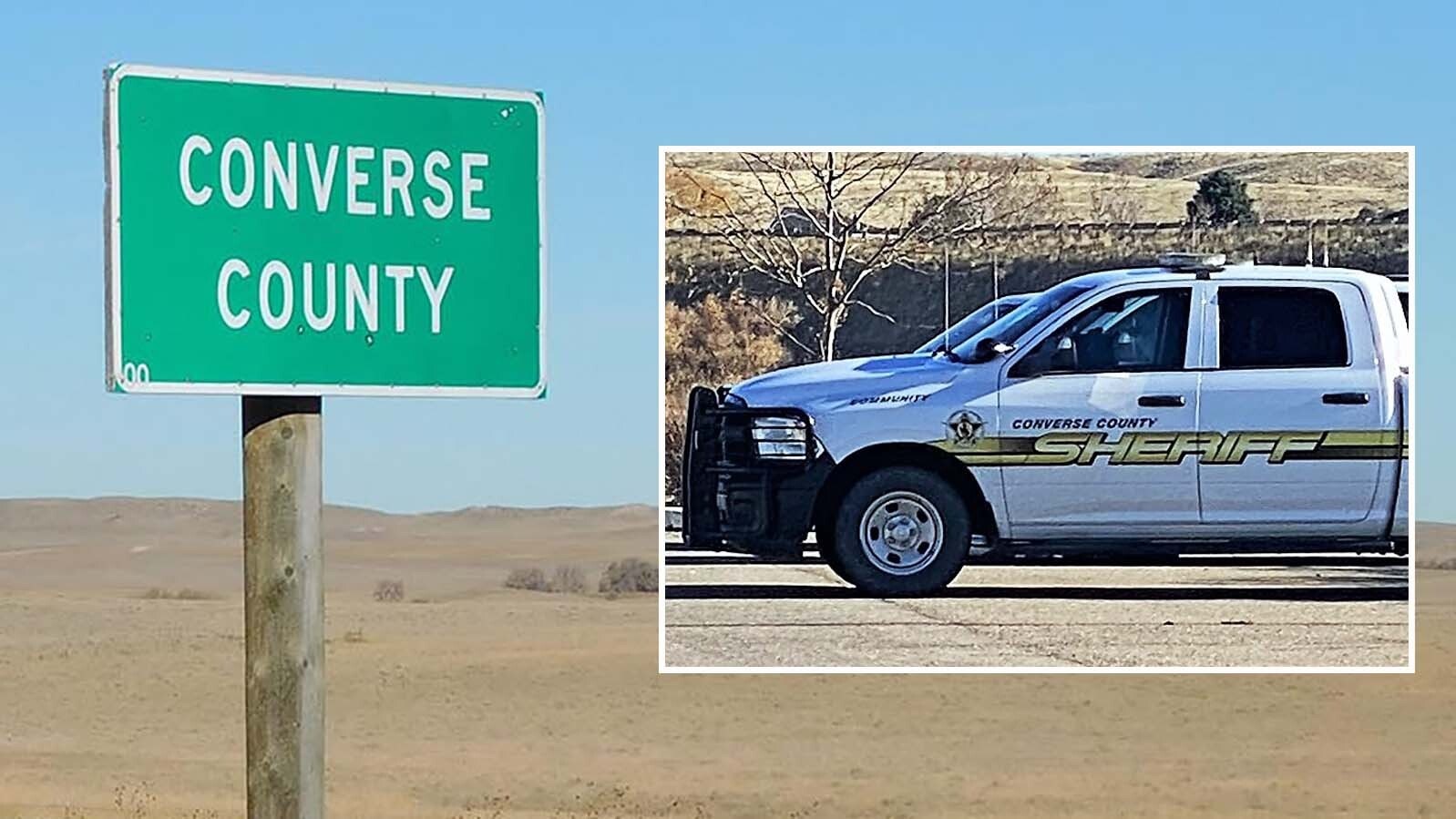It was unlawful for former President Donald Trump’s Bureau of Alcohol, Tobacco and Firearms to ban bump stocks, the U.S. Supreme Court ruled Friday in a 6-3 decision, which Wyoming’s Republican U.S. Senators both are celebrating as a victory for gun rights.
A bump stock is a device that increases firing speed in a semiautomatic weapon by bumping a trigger back to its neutral position quickly, if the shooter will maintain forward pressure on the back of the rifle.
Sens. John Barrasso and Cynthia Lummis had submitted a brief with other Congressional delegates in January, urging the high court to side with a man who was forced to surrender his bump stocks over the federal government.
“The ATF blatantly misused the National Firearms Act to erode the people of Wyoming’s right to bear arms while also trying to manipulate federal laws to increase its powers and punish law-abiding citizens,” said Lummis. “The Supreme Court finally held regulators accountable and defended the people of Wyoming from gun grabbers in Washington.”
Barrasso agreed with Lummis that it’s a Second Amendment issue.
“Every day, the people of Wyoming responsibly use their Second Amendment rights to keep and bear arms,” wrote Barrasso in a Friday email to Cowboy State Daily. “Law-abiding citizens in Wyoming shouldn’t have to worry about having their constitutional rights threatened by rogue federal bureaucrats. Today’s ruling reaffirms that it’s Congress, not the executive branch, who is responsible for making laws.”
The senators’ argument in January focused on federal overreach specifically, criticizing the “Chevron doctrine,” a premise courts use settling legal ambiguities in favor of the federal agency enforcing the questioned law.
A Lever, Inside A Gun
But U.S. Supreme Court Justice Clarence Thomas’ majority opinion in the bump stock case, Garland v. Cargill, doesn’t address the Chevron doctrine. It focuses on mechanical operations in automatic and semiautomatic rifles.
For several years and over several pronouncements, the ATF held that bump stocks don’t convert semiautomatic firearms into illegal machine guns.
The National Firearms Act of 1934 defines a machine gun as any weapon that can shoot, automatically, more than one shot by a single function of the trigger.
However fast bump stocks allow a gun to fire, they don’t reduce recurring fire to a single function of the trigger. The trigger resets each time, Justice Thomas wrote.
“Congress defined a machine gun by what happens ‘automatically,’” wrote Thomas. “Even if a semiautomatic rifle with a bump stock could fire more than one shot by a single function of the trigger, it would not do so automatically.”
Thomas said both the ATF and the dissenting justices abandoned the law’s text, and tried to shore up their arguments against bump stocks by saying that keeping them legal will render the machine gun ban ineffective. But the law is not made useless just because it’s more narrow than some people would like, he added.
Chief Justice John Roberts and Justices Samuel Alito, Neil Gorsuch, Brett Kavanaugh and Amy Coney-Barrett joined his opinion.
‘Horrible Shooting Spree’
Alito authored a concurring opinion, indicating that the ATF’s meddling in the domain of Congress has stalled a gun-control amendment that Congress otherwise would, and perhaps should, have made.
He referenced the 2017 shooting spree at a Jason Aldean concert in Las Vegas in which a shooter armed with bump stock-equipped weapons killed 58 people and wounded more than 500 others. That attack prompted Trump and his ATF to ban the devices. It also prompted a host of unsuccessful attempts at congressional bans.
“The horrible shooting spree in Las Vegas in 2017 did not change the statutory text or its meaning,” wrote Alito. “That event demonstrated that a semiautomatic rifle with a bump stock can have the same lethal effect as a machine gun, and it thus strengthened the case for amending (the law), but an event that highlights the need to amend a law does not itself change the law’s meaning.”
Congress can amend the law, and may have done so already if the ATF hadn’t meddled with it, Alito wrote.
“Now that the situation is clear, Congress can act,” he concluded.
Back In Civilian Hands
Justice Sonia Sotomayor penned a frustrated dissent that accuses the majority justices of departing from their usual attitude of stringent law and language interpretation, and of discarding both Congress’ language and the 1934 definitions of terms like “function.”
“Today’s decision to reject that ordinary understanding will have deadly consequences,” wrote Sotomayor, who had argued that the law refers to the function of a shooter’s trigger finger, not the cycle through which the trigger lever goes with each firing. “The majority’s artificially narrow definition hamstrings the government’s efforts to keep machineguns from gunmen like the Las Vegas shooter.”
Clair McFarland can be reached at clair@cowboystatedaily.com.





